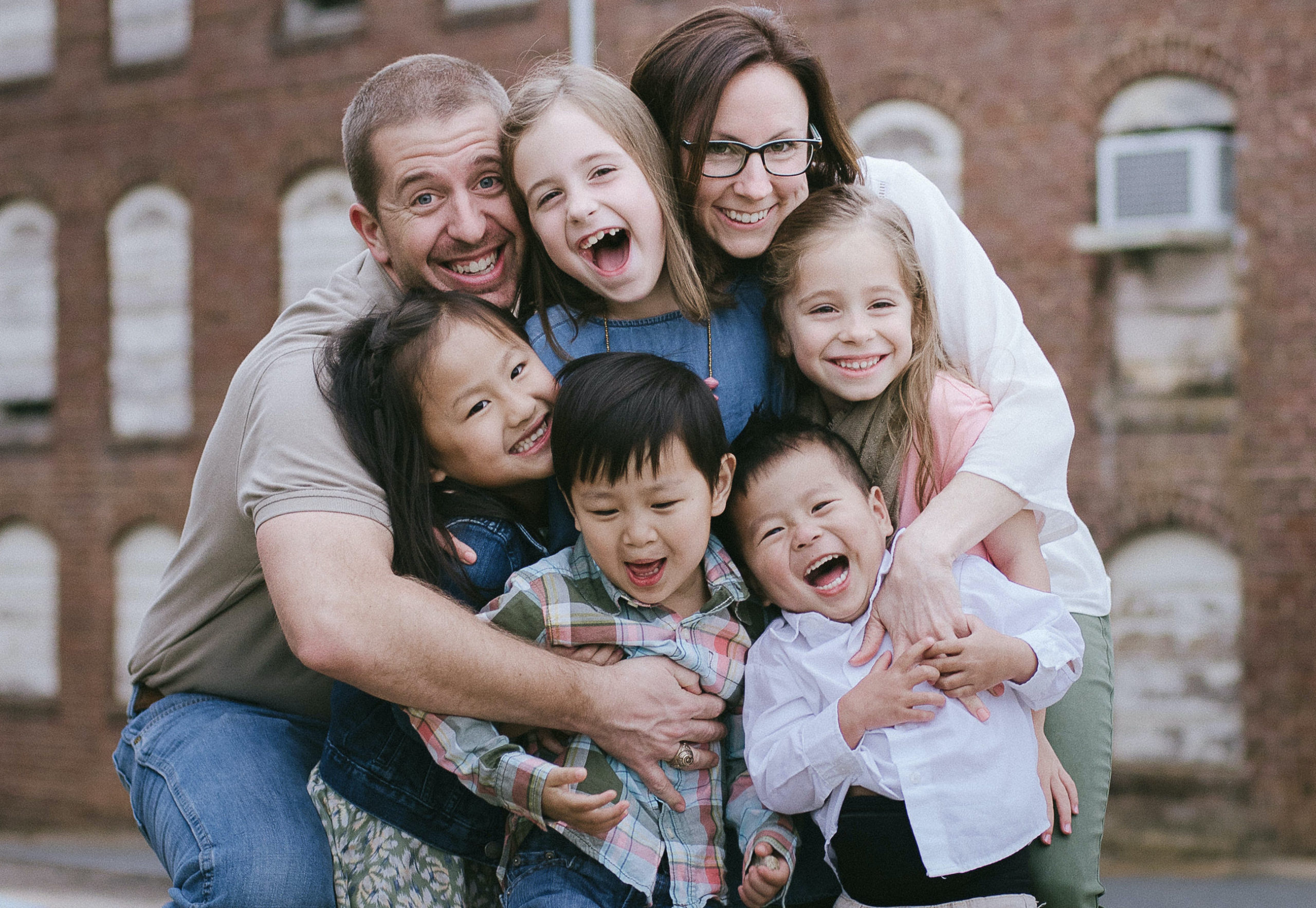8 Steps to Adoption

Adoption can be a varied and sometimes complex process, making each experience unique. However, there are several basic steps common to most adoptions. Understanding these can help make the journey more manageable. Here are 8 steps to adoption:
1. Prepare Properly.
It is important to assess your motivation and readiness to expand your family through adoption. HowToAdopt.org pulls together Commonly Asked Questions to help you in your considerations. A variety of recommended readings and helpful resources are available to better prepare you for the adoption journey. There is also a growing number of therapists, counselors, and healthcare professionals who are knowledgeable and trained in attachment care.
2. Understand the Types of Adoption
There are two main categories for adoption: domestic and intercountry. Domestic adoption occurs when both the child and the prospective adoptive parents are citizens of the same country. Intercountry adoption occurs when a child is adopted into a family whose country of origin and citizenship differs from the child’s own. And within these distinct categories, there are different avenues to consider. See the Types of Adoption section from HowToAdopt.org to learn more.
3. Find an Agency.
If you decide to work with an adoption agency, there are several factors to consider when choosing. Once you settle on an agency, you will likely sign a contract that outlines services provided and be assigned a case manager who will help guide you through the process. For domestic adoptions, families often choose to work with an agency in their general geographic location. This adds to the convenience of coordinating home study, post-placement visits, and required classes/training prior to the adoption. For intercountry adoptions, families will often work with two agencies—a placing agency (to facilitate the actual adoption process and placement) and a home study agency (to coordinate home study and post-placement reports). Because of this, a placing agency does not necessarily need to be in the same geographic location as the family. Regardless of which path you take, it is important to trust the integrity, ethics, and practices of any adoption agency before making any commitments. The Finding an Agency section from HowToAdopt.org is a great place to start.
4. Apply for a Specific Program.
Once you choose an agency, you will then begin to fill out paperwork in order to apply for that program. It can be helpful (and is sometimes required) to attend a seminar to understand what programs are available and what to expect in the journey ahead. Although most agencies will be able to give you an understanding of what programs you qualify for before you apply, the formal application process will be able to affirm that you meet all the requirements of a specific program before moving forward in the process.
5. Begin the Home Study Process.
The next step is to complete your home study. This is a document compiled by a caseworker who visits you at your home and conducts interviews to ensure you and your family will provide a healthy environment for a child. It’s fairly extensive and covers a range of factors. The home study is specific to the type of adoption for which you apply (in regard to country, age of child, number of children, etc.), and once it’s completed, a summary is provided giving approval for the adoption to continue. (In some cases, the caseworker may feel that an adoptive placement is not in the best interest of the child or family.)
6. Accept a Referral or Placement.
After the home study process is complete, you will then work with your agency to complete the necessary steps to be matched with a child. This step varies between programs. For some, a family will be given a list of children who are waiting for adoption, and in others, biological parents or caseworkers choose the adoptive family based on the needs of a specific child. Once a family is chosen, the referral is presented to the adoptive family. If accepted, the adoption process moves through any remaining necessary steps before placement. The timeline from acceptance of the referral to placement varies based on the specific program.
7. Finalize the Adoption.
Work closely with your adoption agency to ensure that all paperwork and requirements are complete. Specific to intercountry adoption, it is imperative that you—as the parent—ensure your child’s citizenship credentials are in place and finalized in welcoming him/her into your family.
8. Resource and Support Your Child(ren).
The adoption journey does not end the day a child is welcomed home. Children impacted by adoption and foster care often experience loss due to attachment injuries and/or early trauma. We encourage you to stay educated and equipped in order to bring hope and healing to your child and family. See our Get Equipped section on HowToAdopt.org to learn more.
As you take each of these steps, allow prayer to guide you in each decision throughout the journey! You may discover that adoption is not a means for growing your family, but there are still a number of ways for you to step into the gap in caring well for children waiting for families. As Show Hope Co-founder Mary Beth Chapman says, “Not everyone is called to adopt. But everyone is called to do something.” Discover what you can do today by visiting the Your Part section of our website.


